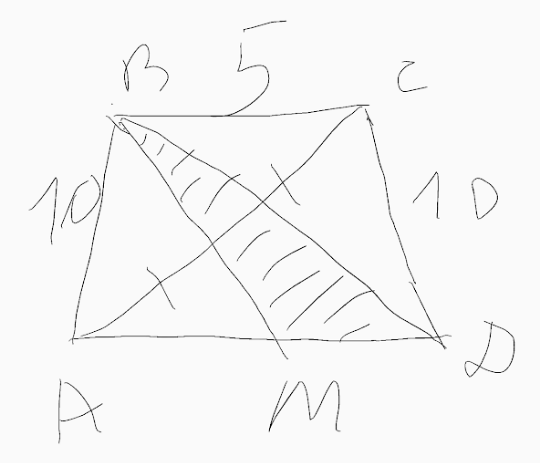
AllQuestion and Answers: Page 1325
Question Number 81655 Answers: 0 Comments: 0

Question Number 81654 Answers: 0 Comments: 6

Question Number 81649 Answers: 0 Comments: 6

Question Number 81648 Answers: 0 Comments: 2
Question Number 81647 Answers: 0 Comments: 8
Question Number 81636 Answers: 0 Comments: 4
Question Number 81629 Answers: 1 Comments: 0
Question Number 81615 Answers: 1 Comments: 0
$$\:\underset{\:\mathrm{0}} {\overset{\mathrm{3}} {\int}}\:{x}\:\sqrt{\mathrm{1}+{x}}\:{dx}\:= \\ $$
Question Number 81610 Answers: 1 Comments: 0

Question Number 81598 Answers: 0 Comments: 5
Question Number 81597 Answers: 0 Comments: 2
Question Number 81596 Answers: 0 Comments: 2
Question Number 81595 Answers: 0 Comments: 2
$$\mathrm{8}+\mathrm{4}+\mathrm{2}+\mathrm{1}+.....\infty= \\ $$
Question Number 81591 Answers: 0 Comments: 6
Question Number 81586 Answers: 1 Comments: 6
Question Number 81857 Answers: 0 Comments: 2

Question Number 81565 Answers: 1 Comments: 2
Question Number 81562 Answers: 1 Comments: 2

Question Number 81549 Answers: 0 Comments: 5
Question Number 81545 Answers: 0 Comments: 3

Question Number 81558 Answers: 0 Comments: 2
Question Number 81554 Answers: 2 Comments: 0
$${y}'''\:+\mathrm{4}{y}'\:=\:\mathrm{3}{x}−\mathrm{1} \\ $$$${what}\:{is}\:{solution} \\ $$
Question Number 81552 Answers: 0 Comments: 3

Question Number 81564 Answers: 0 Comments: 11
Question Number 81532 Answers: 1 Comments: 3

Question Number 81523 Answers: 0 Comments: 2

Pg 1320 Pg 1321 Pg 1322 Pg 1323 Pg 1324 Pg 1325 Pg 1326 Pg 1327 Pg 1328 Pg 1329
